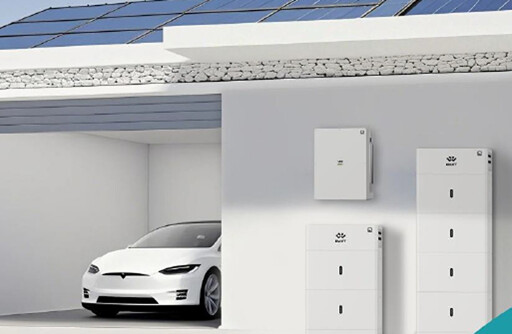Consider cross posting to !batteries@sh.itjust.works
According to the manufacturer, up to four modules can be stacked together for a total storage capacity of 18 kWh, and up to four stacks can be connected in parallel for a total of 72 kWh.
Why is this?
I always thought you could connect as many batteries as you like in any configuration the voltage and storage required.
In theory, you can stack cells any way you like, and calculate what the current, voltage and capacity should be. However, those simple calculations don’t consider what the effects might be. Due to material limitations, only certain voltages and currents are safe. Go beyond the limits, and things begin to burn.
Also, these are modules, not cells. Each module probably contains some sensitive electronics that certainly can’t handle any random voltage or current. My guess is, that’s where you’ll find the first bottle neck.
Probably just an invertor input voltage limitation.
In the batteries because I thought hooking them up in parallel increases the storage indefinitely without increasing voltage.
Well in these stacks you usually have a single BMS and each battery is in series. So four units maximum is about 200-240 V and not exeeding that probably makes it simpler to build an inverter for a 240V regular house grid.
But my question is why only four stacks in parallel?
Why can’t you do eight in parallel because you’re only increasing storage but keeping the voltage the same.
If you read the rest of the thread you’ll see why I’m asking the questions here.
This I don’t know, but probably some limitation with the control software or some similar issue.
I can’t answer the why but there was a warning sticker on my new lifepo4 batteries with similar limitations. So not chemistry dependent.
Holy shit those are pricey.
How do you like them?
A lot. My use case is off grid camper living. We live in a camper about 4 months a year not counting weekend trips and vacations. Lead acid batteries have to be minded and hate being discharged below 50%. The lifepo4 batteries have a super low self discharge rate, don’t need any minding and can be discharged down to 15% or 10% before they start degrading. I would need 400 Ah of leadacid batteries to equal the 200 Ah I have now.
So weight and space savings, no maintenance, harder to damage. I definitely recommend.
This runs my house and I’ll have to be replacing them in the next year or two so I’ll look into them.
They may struggle to reach price parity for a set up where space and weight aren’t limiting if you’re getting a full 5 years or whatever out of your batteries. I never did with lead acid but maybe I’d take care of them better if they ran my house!
Do you mind sharing your reason for using a battery bank to power your house? Is it solar or a backup charged by the grid?
Solar with a diesel back up generator I live quite far away from any utilities.
Very cool. I’d like to be that remote one day.




